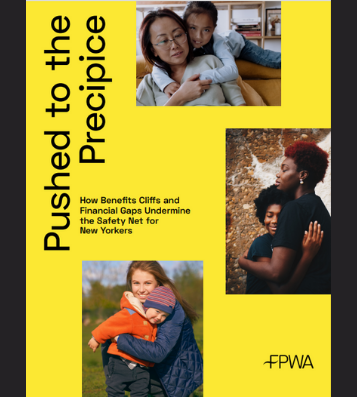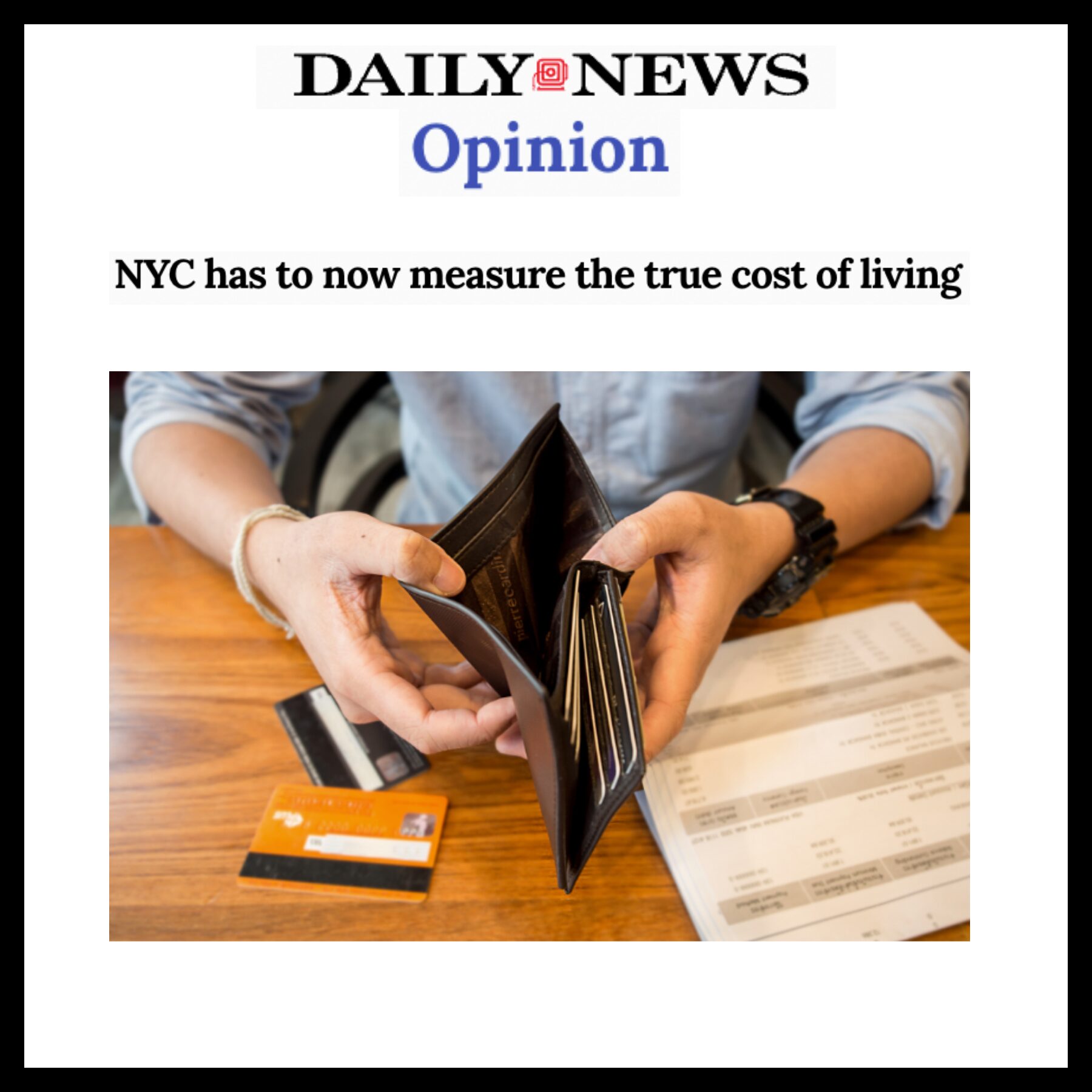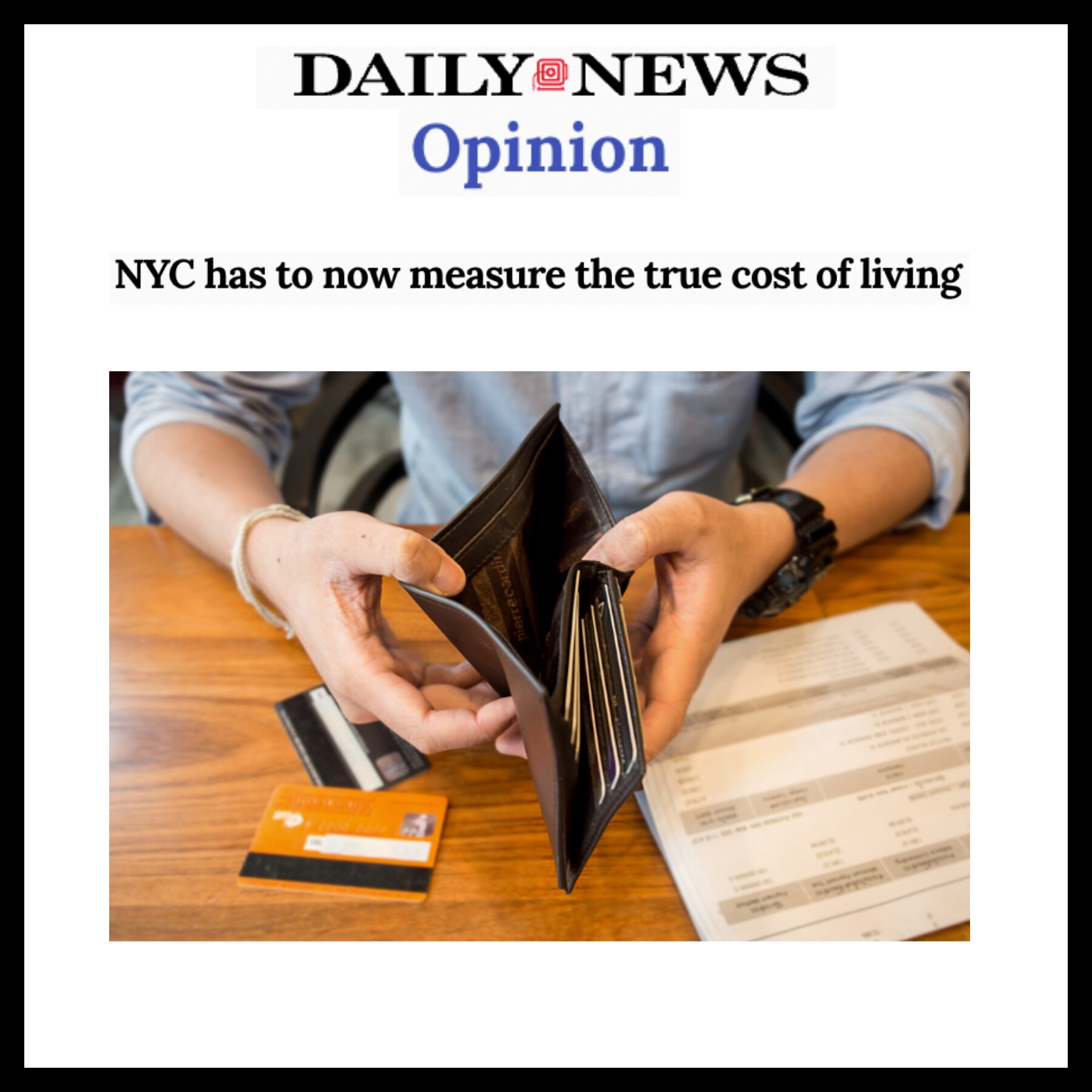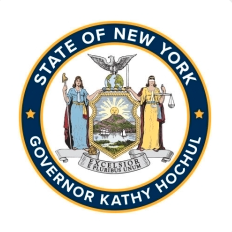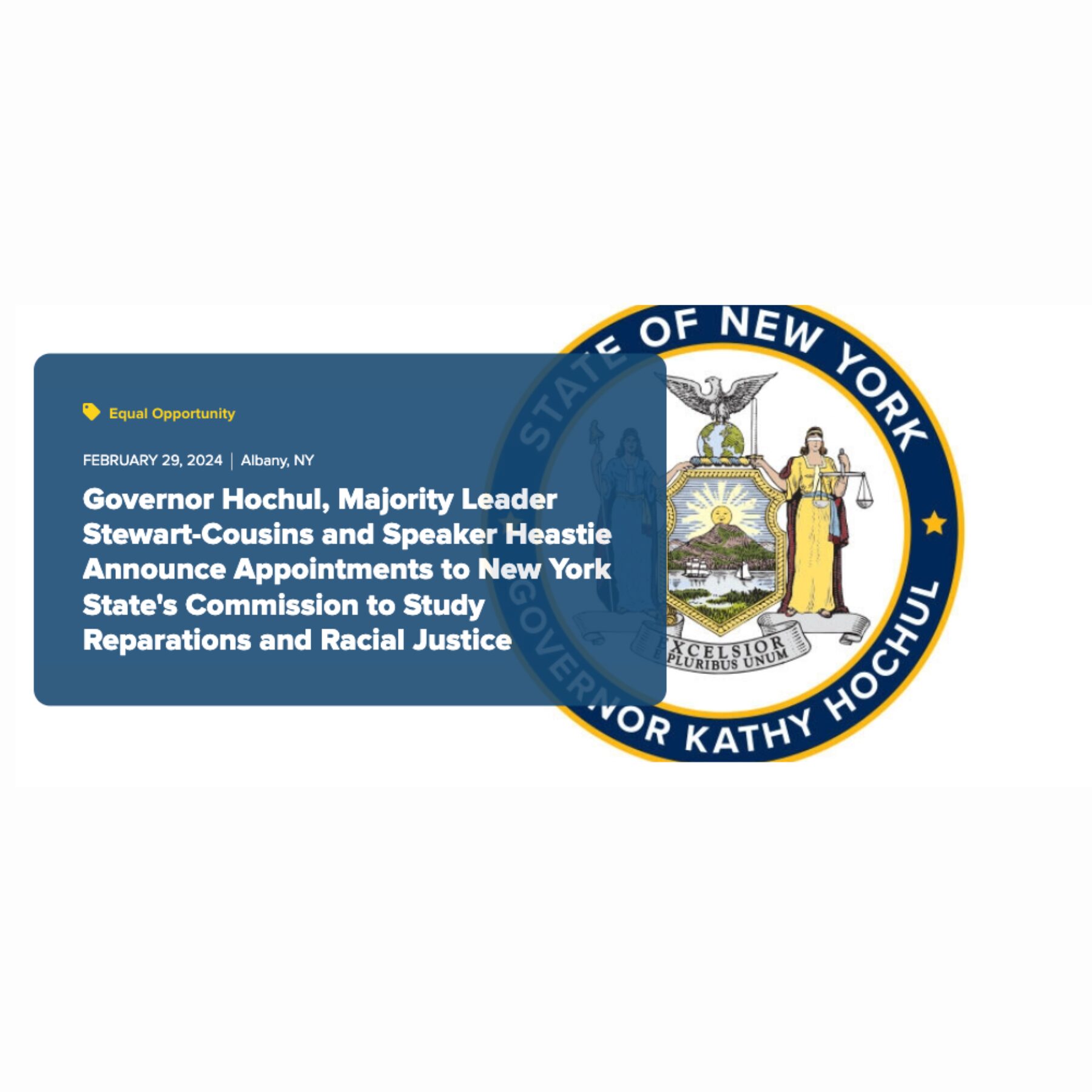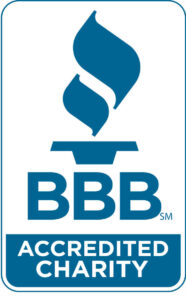FOR IMMEDIATE RELEASE
April 20, 2021
Contact:
Rachel Noerdlinger, rnoerdlinger@mercuryllc.com
Amaris Cockfield, acockfield@mercuryllc.com
Today FPWA Releases a New Investigative Report, “Pushed to the Precipice: How Benefits Cliffs and Financial Gaps Undermine the Safety Net for New Yorkers”, Which Explores and Provides Recommendations to Eliminate the Cliff Effect in New York That Prevents Working Families from Achieving Financial Stability
NEW YORK CITY, NEW YORK – One step forward and two steps back is the phenomenon that too many working families across our city, state, and nation experience when they access safety net benefits.
FPWA’s newest investigative report, “Pushed to the Precipice: How Benefits Cliffs and Financial Gaps Undermine the Safety Net for New Yorkers,” explores the barriers working families face when striving for financial stability. It also provides recommendations to reduce the impact that an abrupt benefit cutoff can have on New York State families.
A culmination of a six-month research project, the Pushed to the Precipice report bases its analysis of benefits cliffs and financial gaps using data on the real costs of basic needs from “The Self Sufficiency Standard for New York,” which FPWA released in March 2021.
New York’s social safety net is intended to help low-income families secure necessities like food, housing, healthcare, and childcare. However, these benefits are riddled with financial gaps that bar families from accessing and keeping them before they achieve financial stability. For example, New York State’s childcare subsidy terminates when wages or income reach 200% FPL, or $43,440 for a family of three. This can trigger a devastating “cliff effect,” when a small increase in income results in a net loss – which forces families to make hard choices: To turn down the increased income or struggle with inadequate benefits and funds to pay for one of their most expensive basic needs.
This is the most significant cliff our research uncovered, potentially affecting many of the 101,000 families, who typically receive this subsidy. The financial impact of encountering the cliff effect coupled with the economic fall out of the pandemic has made the road to self-sufficiency and upward economic mobility almost impossible for too many working families.
We will continue to build on this work as we dive deeper into understanding the pervasive financial gaps that are major drivers of financial instability. This continuation of work will also investigate systemic recommendations to reform the benefits system to be more equitable and more effective at supporting economic mobility. The goal is to advance these recommendations at the federal, state, and local levels.
“People are actually being held back by the very programs that are purportedly designed to help them move forward. The effect is to create a permanent underclass, and we, as a society, must question why this is apparently an acceptable norm,” said Jennifer Jones Austin, CEO and Executive Director of FPWA. “Until we are able to say that all New Yorkers have or can access what they need to be self-sufficient without penalty, we cannot claim that we have a safety net system that is fair, just and equitable.”
“The state’s benefits system is a product of decades of under investment and patchwork policy that undermines the attempt to bring families to financial stability,” says Emily Miles, Chief Program and Policy Officer, FPWA. “We believe that benefit amounts should be tied to income adequacy, and if people are losing benefits before they are self-sufficient, that is the core issue.”
“Pushed to the Precipice” presents research, data and perspective that arms New York State with the opportunity to take a leadership role in creating a comprehensive “safety net” system,” says Merble Reagon, Executive Director at Women’s Center for Education and Career Advancement. “It is critical to provide meaningful and reality-based support for families working toward financial stability, especially in the aftermath of this pandemic.”
“For the first time in decades, with a progressive legislature firmly in place, New York finally has the opportunity to implement thoughtful policies that can break the cycle of poverty for families. And it is time we got the job done,” says Kristin Brown, President and CEO of Empire Justice Center, a statewide legal services and advocacy organization for low-income New Yorkers.
“Safety net programs were designed to be bridges out of poverty for struggling families. However, the assistance provided is often inadequate and ends abruptly with even minor increases in incomes or savings, keeping families stuck in a perpetual state of financial and economic instability,” says Debiprya Chatterjee, Senior Economist at the Community Service Society. “The Federal Poverty Level – the standard used for determining eligibility and assistance levels – has been widely recognized as failing to capture the true cost of living faced by households across the nation, including in New York State. Thus, this comprehensive, in-depth analysis of the benefits cliffs phenomenon that uses the idea of self-sufficiency standard is bound to be a greatly valuable resource for all advocates and policymakers working to support vulnerable families.”
About FPWA
FPWA is an anti-poverty policy and advocacy organization committed to advancing economic opportunity and upward mobility for low-income New Yorkers. Having a prominent New York presence for nearly 100 years, FPWA has long served New York City’s social service sector, providing grants to help individuals and families meet their basic needs, and advocating for fair public policies on behalf of people in need and the agencies that serve them. FPWA’s member network of 170 human-service and faith-based organizations reach more than 1.5 million people in New York’s communities each year. Join us at fpwa.org, Facebook, Twitter, Instagram.

